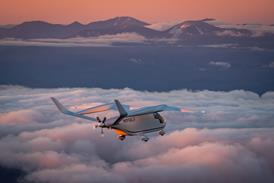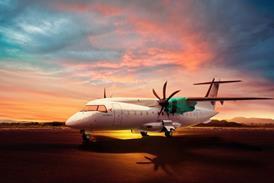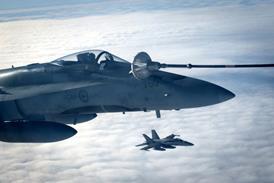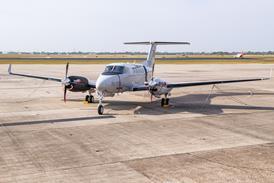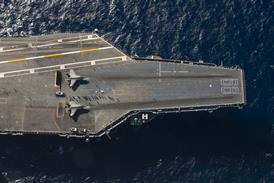By Peter La Franchi in London
UK-based Remote Airworks is hoping to start manufacture of its largest demonstrator unmanned air vehicle later this year, with the system planned to be capable of carrying out medical evacuation missions for injured personnel.
The new air vehicle, designated the TW182C, is based on Remote Airworks existing tandem-wing family of UAVs, but would have a fuselage length of 5.71m (18.7ft) and a span of 5.79m. Full design work on the configuration has been completed, says Ingo Massey, project manager for Remote Air Works.
Manufacture of the demonstrator is being planned in response to potential customer interest in a large multi-role capability UAVs, he says, with the size of the aircraft payload bay opening up the potential medical recovery role.
The twin-engined UAV would be capable of carrying two standard 480mm (18.9ft)-wide medical stretchers in a parallel arrangement inside the fuselage, with access provided through a tailgate.
Massey says that the question of whether it is safe to transport humans in a UAV is well past the generic debate stage, given current approaches to air vehicle design, system redundancy and mechanical reliability. “The risk factor with a UAV is still lower than having the pilot in there,” he says. “A UAV flight-control system is not as fallible as a pilot.”
The TW180C fuselage would be made of aviation-rated timber with Kevlar and composite coatings. The large internal volume of the new model will also allow it to be used in transport roles, with this potentially including resupply and special payload delivery missions. Mass leaflet delivery for military psychological operations could be one such opportunity, Massey says.
Remote Airworks has an even larger variant in the initial design stage – designated the TW240C, with this based around a 7.31m fuselage.
The larger size of the new models may also allow the development of amphibious versions, Massey says, based around the concept of retracting float cores that would incorporate an inflatable collar, similar to a rigid inflatable boat.
The use of UAVs as air ambulances has been considered by a number of armed forces, predominantly those of the USA. However, no system is known to have been used in such a role. Northrop Grumman has previously confirmed that it is considering medevac as a future role for its RQ-8B Firescout vertical take-off and landing UAV.
Source: Flight International


